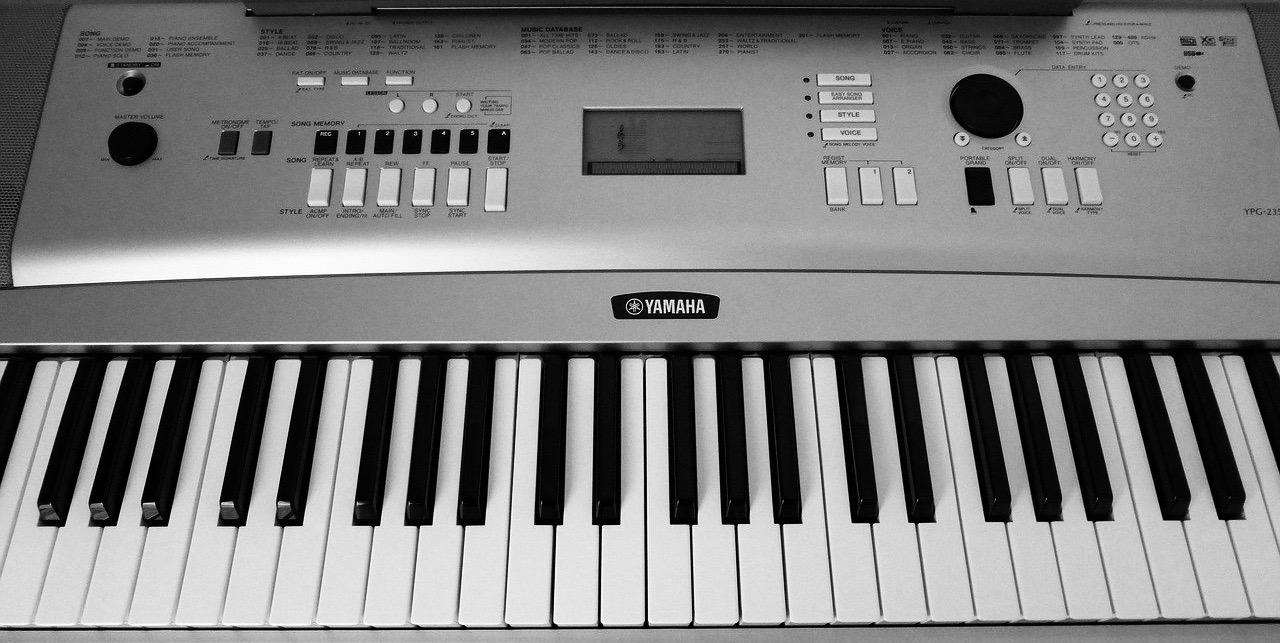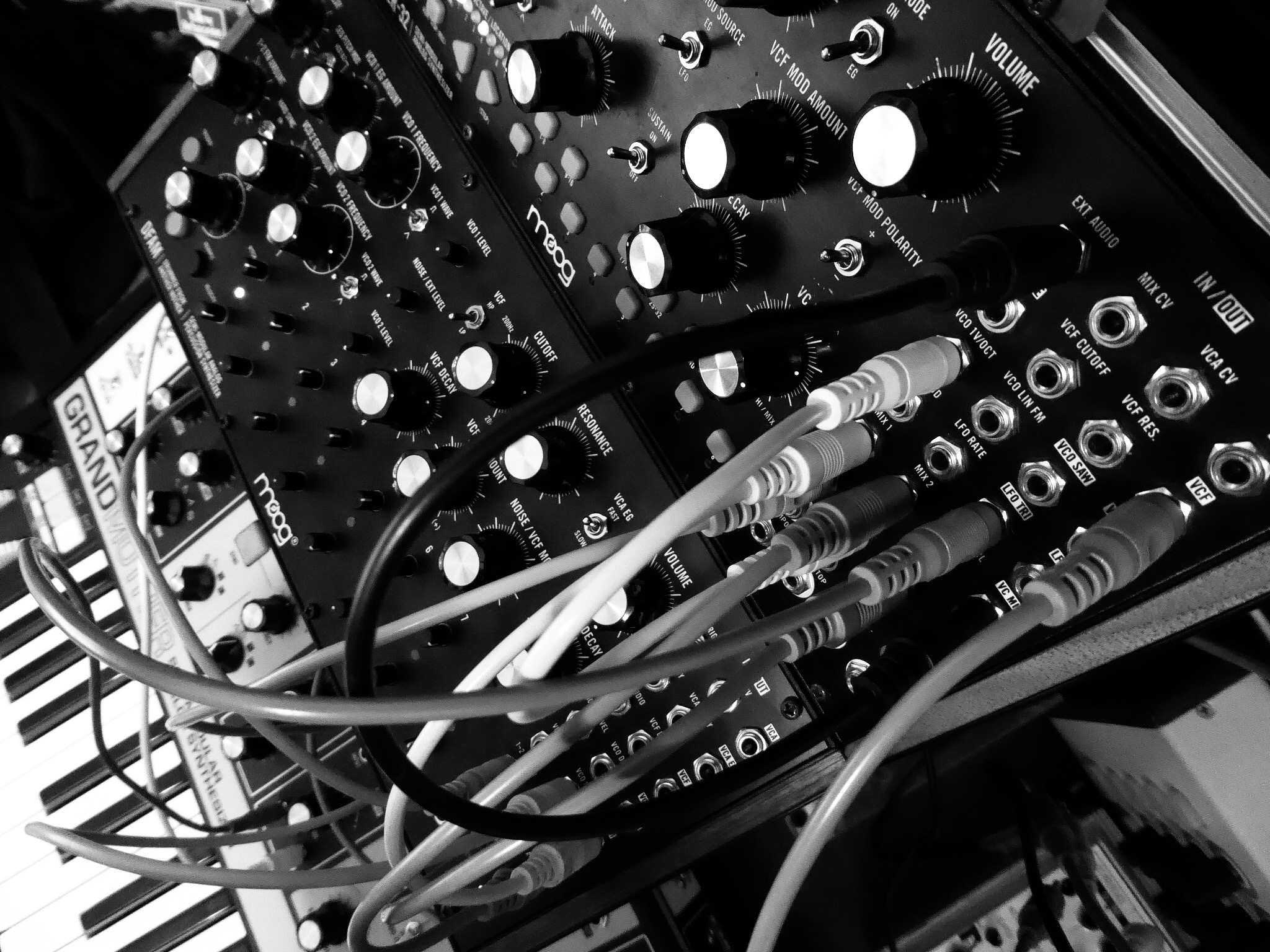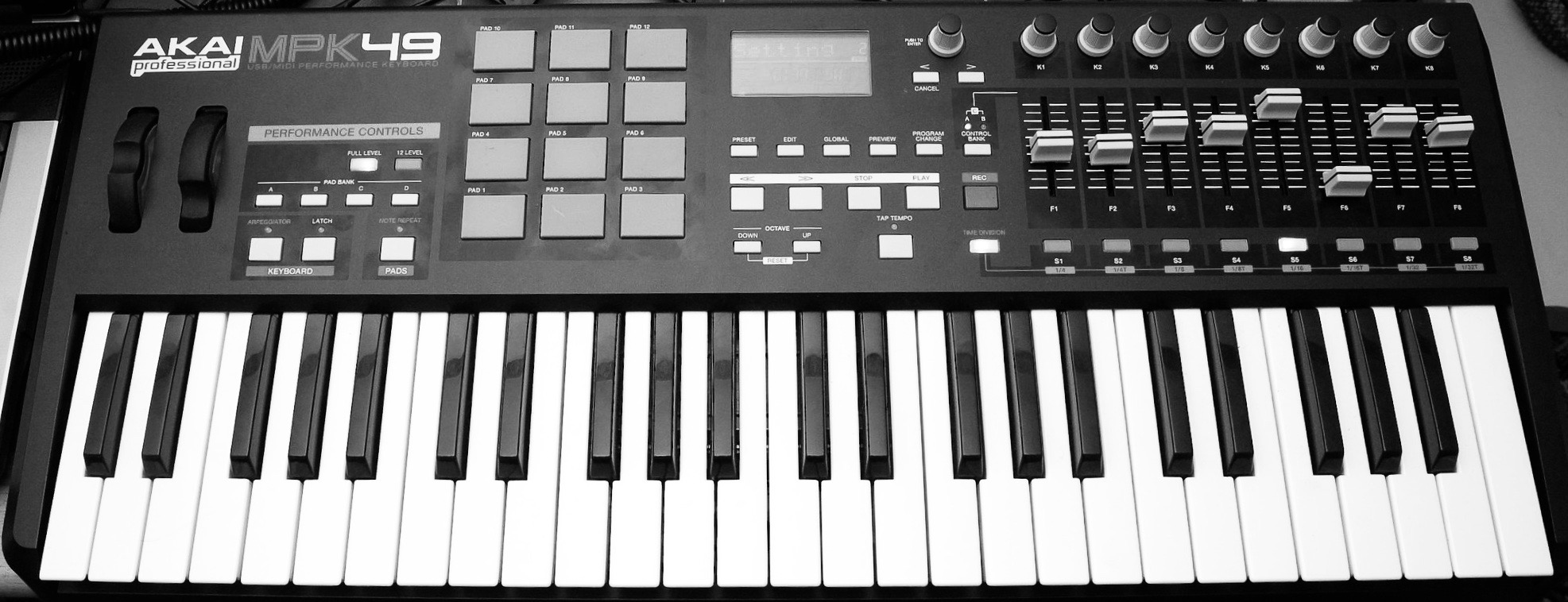Types of Keyboards
A walkthrough of the various keyboard classifications and their uses
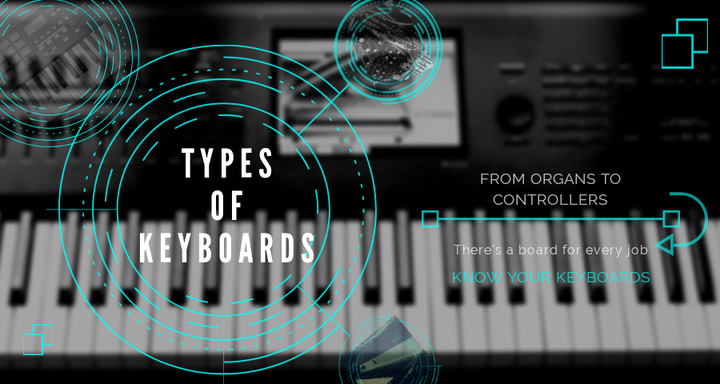
Is there anything better than walking into a showroom with keyboards filling the floor and lining the walls!? Rows of black and white keys, the aroma of new warm plastic, and blinking lights everywhere alongside glowing screens! All begging to be played, explored, and purchased. It’s a keyboardist’s dream.
It’s also EXTREMELY daunting walking in the first time. I remember going to pick out my first new keyboard and feeling overwhelmed and somewhat apprehensive. I mean, I wasn’t going on tour with a huge band, so why should I get to touch expensive gear or take up the saleman’s time asking basic questions like “why does this keyboard only have 12 keys?” It didn’t help hearing that there was someone else in the room testing a keyboard who happened to be an amazing player making me feel a little more self-conscious.
I just wanted to poke a few keys and pick a board that looked good with the features I needed within my budget. With keyboards and pianos everywhere in all shapes, sizes, and colors I barely knew where to start. Fortunately, the sales guy was patient and knowledgeable and helped pick the perfect board for me at the time. Hopefully this post can help you get started and avoid any awkward store moments!
"Don't be afraid to expand yourself, to step out of your comfort zone. That's where the joy and the adventure lie."
-Herbie Hancock
Table of Contents
Types
There are a handful of different types of keyboards. On top of that, there are numerous options, accessories, and brands. While there are some good all-around keyboards, most are dedicated to a specific function or set of functions. You can’t always tell just by looking at them either. It pays (literally can save you time and money) to know the types of keyboards and their purpose. If you need a refresher on the types of sounds these keyboards are capable of see our post on that here.
Portable Keyboards
Portable keyboards are typically in the lower price ranges, have simpler all-around features, and are meant for beginners. They usually include some sample songs, a small selection of different sounds, simple presets, and a recording function. Many also have features built-in for learning piano.
That is not to say they are lacking in sound quality though. Some are cheap and low-quality, but others carry some of the signature sounds of their high-end counterparts through the entire product line. Most have onboard speakers for listening purposes too, so headphones or more expensive audio gear isn’t required. If you are a piano student or a beginning keyboardist or just looking for practice board this is a great place to start.
Digital/Stage Pianos
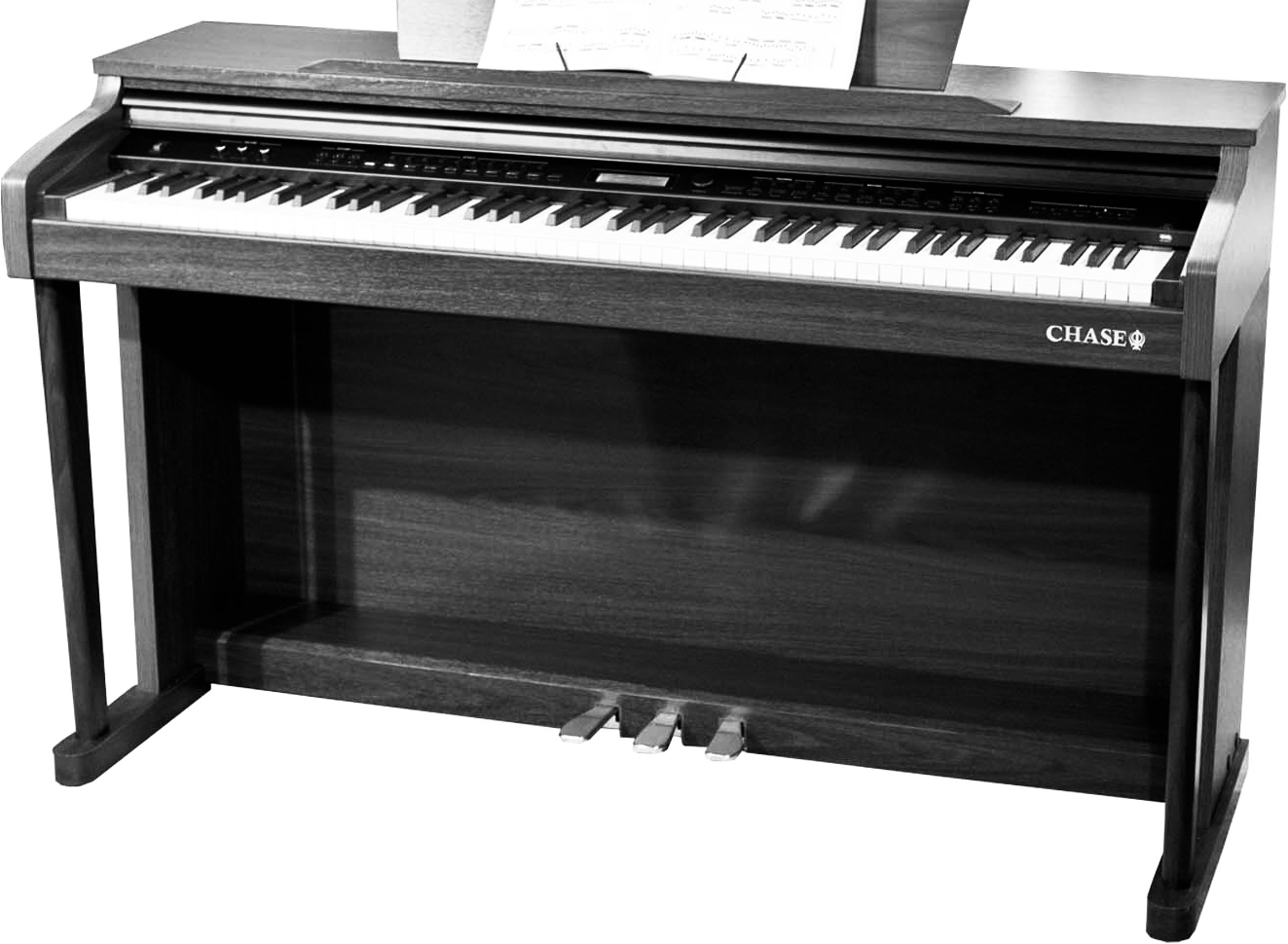
Digital (stage/console) pianos are as close to a real piano as you can get in electronic form. They are larger in size (with a price tag to match!) with full keybeds. They are dedicated to replicating the sound and feel of piano playing. Some do come with a small selection of sounds such as organ, pads, or strings. In addition, they may include recording capabilities. These are great for placing in a living room, a small church, or fairly static venues where tradition and a classy look might trump flexibility and expansive option .
Electric Pianos
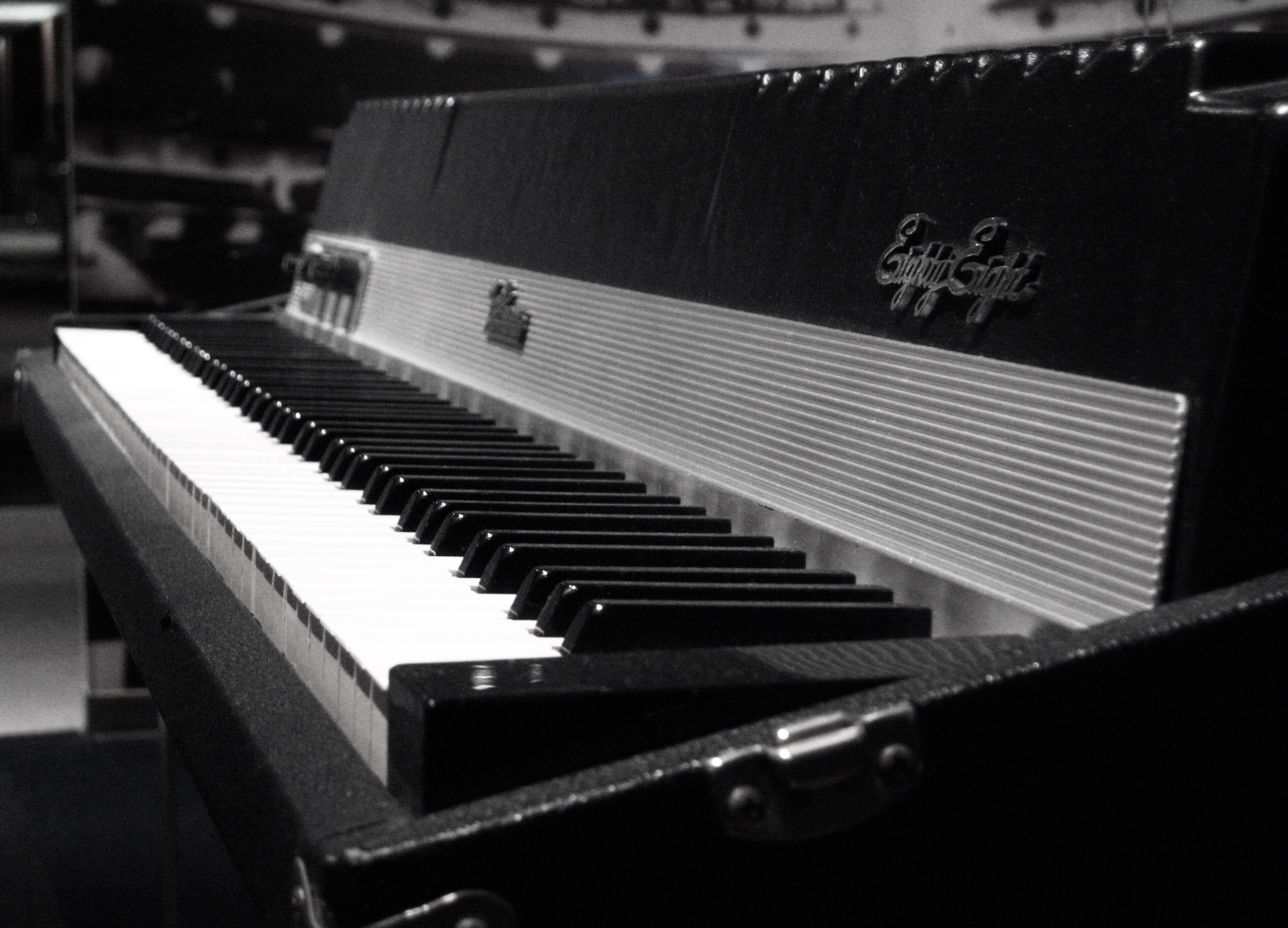
Electric pianos have a long history. These days the term “electric piano” brings up thoughts of Wurlitzers, Rhodes, and Clavinets. They all have unique sounds and personalities. They are much more analog in nature and do not have the “bells and whistles” of other modern keyboards. Despite that, they are extremely versatile and can be heard across all genres. Many other keyboard types replicate the sounds of electric pianos (quite well I might add!), so owning or renting one might not be the perfect fit. But, if you are able to at least play an authentic electric piano then treasure the time you get to spend with one of these gems!
Electronic Organs
Cory Henry demonstrating the Nord C2D
These “keyboards” are dedicated to reproducing organ sounds as realistically as possible. They can sound as varied as their original counterparts from traditional pipe organs to Hammond B3s to fit any style. Most contain the ability to control traditional effects such as the percussive sound of the keys and the Leslie and rotary speaker along with controls for the drawbars . They also incorporate newer effects and controls. One of the biggest perks is their portability and light weight compared to the originals.
Synthesizers
When you think of synthesizers you might imagine an 80s rock band with big devices on stage that look like computers with wires everywhere. And you’d be completely right! Fortunately, synths have come a long way over the years and brought many of the digital-age advantages with them. While the original analogs can’t be beat there are some real perks to their current digital counterparts.
Synths are single focused purely on electric/digital sounds and manipulating those signals into new sounds. They take a base wave form and add oscillators and modulations to the frequencies and tones. You can also add attack, decay, release, and more to control the envelope of the sounds. Many times additional effects can also be applied, and in some cases the sounds or patches can be layered creating a much larger sound profile.
To make things even more complex many of today’s digital synthesizers are sample based. This means they start with high quality samples of the original synth sounds and then allow modifications from there. These sampled sounds even include recreations of traditional sounds such as pianos, strings, brass, and more. So, it’s quite possible to use a synthesizer to play the other instrument sounds mentioned in the previous sections!
Synthesizers also introduce sequencing. Sequencing allows the player to create loops of sounds with multiple tracks or overlapping phrases and timbres. Sometimes entire songs can be created on a single instrument. Generally this functionality is somewhat limited on synthesizers, so if you’re wanting more of this then arrangers and workstations will fulfill that desire.
Arrangers
Arrangers are more advanced with a “brain.” They combine keyboards with computers. They usually contain multiple sounds such as piano, organ, pads, synths, and/or other samples. They can allow the player to become a “one man band” through the use of advanced sequencing and editing. Generally, templates and automation are included to make this an easier process.
Think of these as advanced portable keyboards combined with some of the other instruments described so far in this post. With various genres selectable and a few more controls at your fingertips, such as a pitch stick or mod wheel, these boards will invigorate creativity and provide a hands-on gateway to becoming a full-fledged keyboardist.
Workstations

Workstations are the powerhouse of keyboards. While the lines can be blurred a bit between arrangers and workstations, they usually have more sounds and capabilities. Some features include editing, sampling, mixing, applying multiple effect chains, creating song lists and customizing programs. The majority of control options are also included from ribbons to tap pads to realtime adjustment knobs.
Of course, size and price come along with the additional “bells and whistles” (pun intended). They are generally larger and more expensive than arrangers. They are a culmination of all of the other keyboard types, and quite literally are a studio-in-a-box.
I usually refer to arrangers as great boards for live-playing with a moderate learning curve. While workstations can be amazing boards for live situations I consider them as tools for the studio. A steep learning curve is generally required of each different workstation. Quite a bit of programming also needs to happen before stepping onto a live stage.
MIDI controllers
image attribution to Gerald Moore
If workstations are the pinnacle of keyboarding and complexity then midi controllers are the simplest. They don’t create any sounds on their own. They don’t have any built-in speakers or amplification. Generally they have fewer keys or none at all! Some don’t even use their own power supply, but only get power over another wired connection such as USB.
What do they do you ask? They control other devices, applications, and computers through the Musical Instrument Digital Interface (MIDI) protocol. So while they are the simplest they are also the most complex. They can simultaneously control multiple keyboards (yes, even workstations), virtual instruments, hardware rack instruments, and trigger tracks.
And they aren’t limited to music. Through MIDI they can control lighting, lyrics, presentations, and video to name a few. MIDI controllers are like conductors. They might not create the music directly, but they can control the show elevating it to its highest peaks or bringing it to a grinding halt.
What makes them unique is their form factor. Controllers come in all shapes and sizes. Some can fit in the palm of a hand or backpack. Others are full 88-key keyboards with every control surface available. Some are just foot pedals while others include pads, knobs, and sliders. They are extremely versatile in every way and are not to be underestimated. Oh, and one more thing, other keyboard types can double as MIDI controllers!
Multi-dimensional Keyboards
While the name sounds like something out of the latest Star Trek movie it actually refers to the multiple dimensions or layers of expressive control. These instruments are typically played by keyboardists, but they are a new experience altogether. Most are classified as MIDI controllers since they don’t generate sounds themselves, but they deserve a section of their own.
Sometimes comprised of rubber overlays they may even allow swaying of the keys, or remove the “key” layout altogether. Other forms of input add to the responsiveness of the instruments. The amount of emotional connection through this new generation of instrument will make you feel like you’ve transported to another world.
Virtual Keyboards
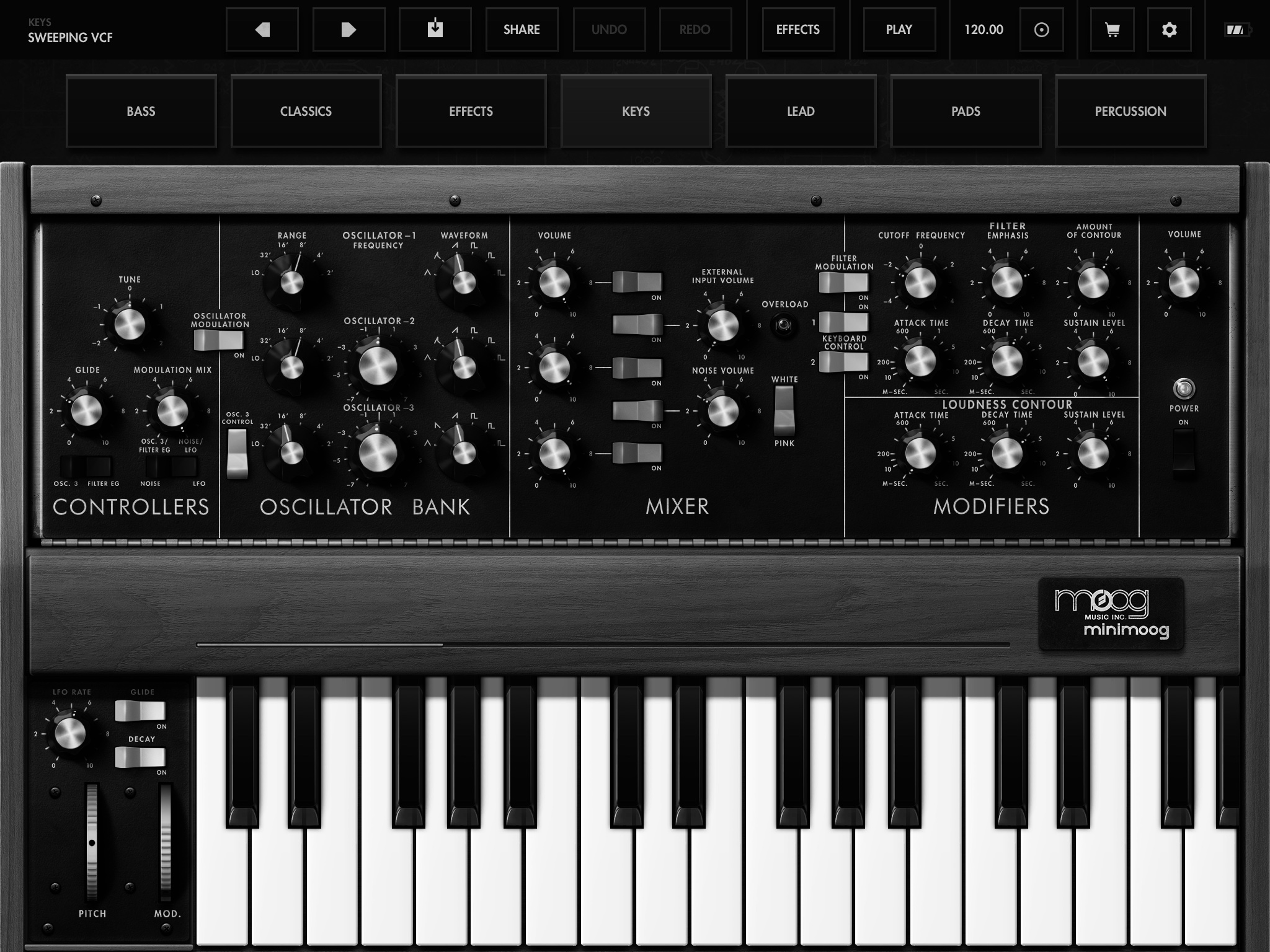
With all of the advances in technology this list would be incomplete without mentioning virtual keyboards. There are programs and apps now that allow you to play keyboards via a MIDI controller, mouse and keyboard, or directly on a touch screen. Some, like the iPad, are even touch sensitive and allow for more expressive control. So, while these aren’t keyboards per se, they can accomplish the same end result. These are also the most budget-friendly as some are free!
Speaking of virtual keyboards, Amazon Web Services announced AWS DeepComposer last year! This means keyboarding is now entering the world of artificial intelligence, machine learning, and cloud composing!
Keybeds
Another key distinction among keyboards is their keybeds. While the keybed technically refers to the rail and base on which the keys are situated the definition has expanded a bit these days. Now most people use it to refer to the keys and their action, weight, and style.
Keybed Styles
When it comes to styling there are two unique designs apart from virtual and multi-dimensional keyboards where the possibilities are endless. The designs use specific characteristics to match playing styles. The keys themselves can be “piano” style or “organ/synth” (waterfall) style.


Piano style keys are the traditional full bodied keys. They can have the weight and feel of real piano keys. The waterfall style keys are thinner bodied, and sometimes more narrow. They usually have light to no resistance or weight. Combined with the trigger usually beginning at the top of the key press these keys are made for quick motion and easy playing.
Some vendors have different names for these styles and layouts, so keep a close eye on their descriptions.
Keybed Weighting
For the piano style keys that do have weight there are multiple variations. If you are accustomed to piano playing and have been classically trained this may be a large deciding factor in choosing a keyboard or adjusting to playing one. The only way to truly understand this is to play on them and try each variation.
1. Graded-hammer action
Out of all of the options this is the most piano-like going from a heavier feel at the low end to somewhat lighter at the high end. Some brands do have different names for this, so pay close attention.
2. Weighted / Semi-weighted
This is still relatively close to a realistic feel, but every key requires a similar pressure. It isn’t as natural as a piano, but very suitable for playing most genres. It’s a good all around style when playing multiple sounds on the same keyboard.
3. Touch-sensitive
This style has no weight to the keys, but still responds to velocity in order to produce dynamics. From low-end box store chains to expensive workstations, most keyboards are at least this if not the first two options. This style is most common on dedicated synth boards and MIDI controllers.
4. None
Some keyboards feel and react the same across the entire board. It does not react to various changes in pressure or velocity. Traditional organs are this way as are some synths and MIDI controllers.
Keybed Sizes
Finally, a major distinction between the different types or styles of keyboards is their size. Standard keybeds based on a piano layout will contain 88 keys. Digital and Stage pianos infrequently deviate from this tradition. The rest may come with 88 keys but are frequently found with 76, 60, 44 or even less! A smaller keyboard makes for easy traveling, simple storage, and a more spacious live stage layout.
Next Steps
Go to your local keyboard or music shop and try these different keyboard types in person. If you have one around, Guitar Center is actually a great place as they have an entire keyboard section setup with many boards ready to try and staff willing to help. Don’t worry about playing amazing lead lines or a concerto. Just diddle and do what works for you. No one cares or is paying attention (unless you do play something amazing!) as they are doing the same thing. If you’re really self-conscious bring a pair of headphones to plug into the units.
Whatever you do, keep trying something new and expanding your creativity! You might just surprise yourself.
